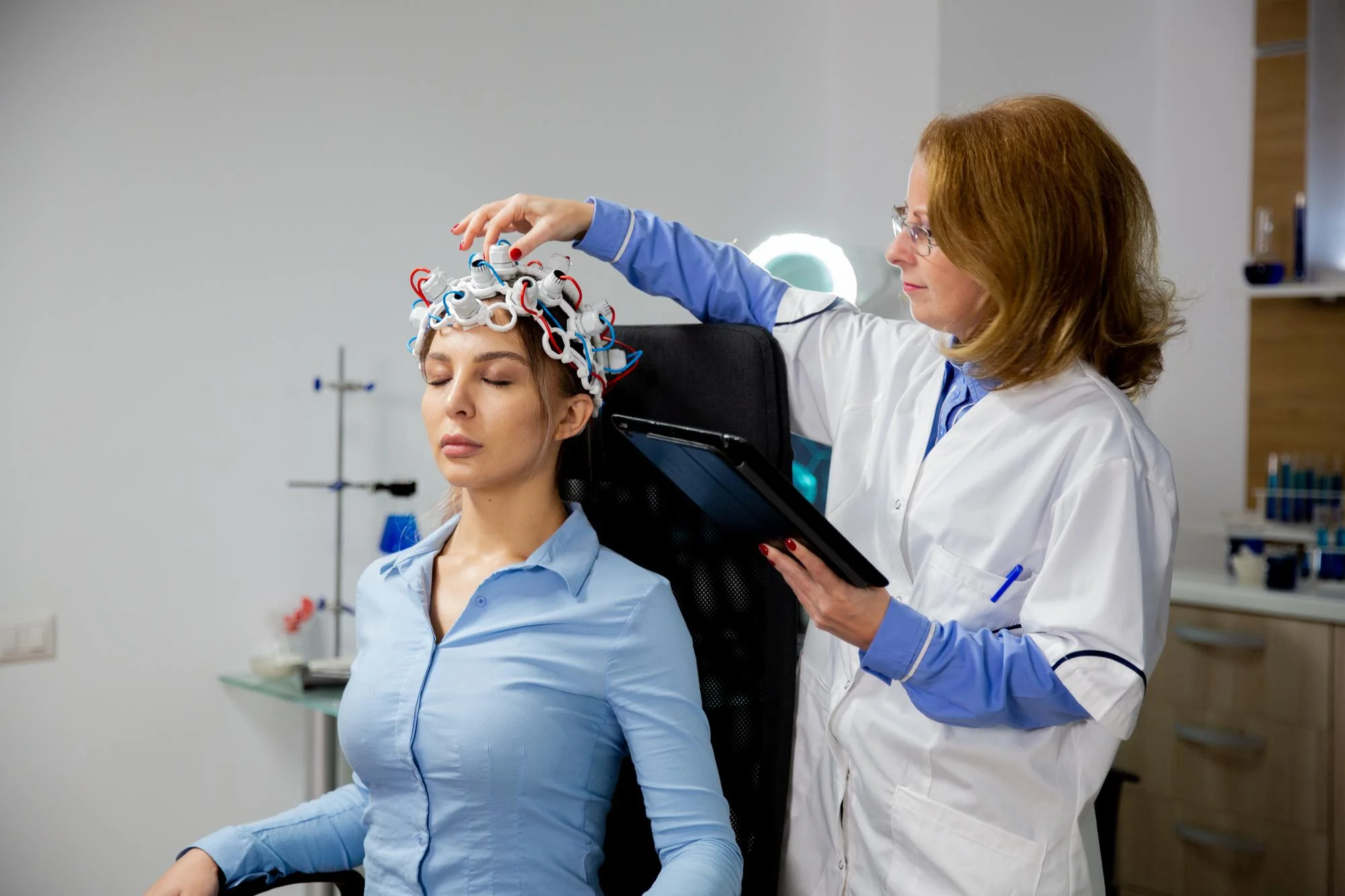A comprehensive nine-year study conducted at the University of Florida’s Fixel Center for Neurological Diseases offers newfound hope for patients suffering from isolated dystonia. The retrospective study, recently published in Parkinsonism & Related Disorders, shows that deep brain stimulation (DBS) provides long-lasting improvement in both motor function and health-related quality of life (HRQoL) for this patient group.
DOI: 10.1016/j.parkreldis.2019.04.024
The Study and Its Findings
The team led by Dr. Aparna Wagle Shukla evaluated the efficacy of bilateral globus pallidus internus DBS in a group of 16 patients diagnosed with inherited or idiopathic isolated dystonia. After a mean follow-up duration of 10.9 years post-implantation, they revealed significant motor and HRQoL improvements that held steady nearly a decade later.
Notably, motor outcomes improved by a median of 41.6% (p=0.004), and HRQoL total scores also showed significant enhancement (p=0.039) when compared with pre-surgery baselines. Moreover, the researchers found that the initial response to DBS could predict these long-term benefits, highlighting the treatment’s sustained effectiveness.
Key Takeaways
The study’s population included 9 males and 7 females, aged 8 to 67 years at the moment of their DBS implantation.
Patients were assessed using the Unified Dystonia Rating Scale for motor symptoms and the Short Form Health Survey for HRQoL.
Results at both 1-2 years (short-term) and ≥9 years (long-term) post-implantation showed consistent benefits over baseline metrics.
Long-term motor and HRQoL improvements after DBS for isolated dystonia remained significantly positive, confirming the treatment’s durable impact.
Early response to DBS can act as a predictor of long-term HRQoL outcomes, which may help guide clinical decision-making.
The study’s co-author, Dr. Michael S. Okun, remarked, “These findings are vital. They suggest that the initial response to DBS can set the stage for nearly a decade of sustained relief from the debilitating symptoms of dystonia.”
Implications for Treatment and Quality of Life
Isolated dystonia, characterized by involuntary muscle contractions leading to abnormal postures and movements, can severely impact daily living. DBS, which delivers electrical stimulation to targeted brain areas, has emerged as an effective intervention. However, long-term quality-of-life outcomes had previously been under-researched.
The findings from Dr. Shukla’s team underscore the importance of DBS as a transformative treatment for dystonia. Dr. Kelly D. Foote, a neurosurgeon at the University of Florida and study contributor, stated, “This research supports the durability of DBS for dystonia and conveys a message of hope to patients and their families.”
Importance for the Healthcare Community
Dystonia affects an estimated 250,000 Americans, according to Dystonia Medical Research Foundation figures. The study’s results bring about critical clinical insights that could guide therapy choices and predict treatment success for a significant number of patients.
Dr. Takashi Tsuboi, another co-author of the study, added, “Understanding the potential for long-term benefits and the predictors of successful outcomes is a tremendous step forward in managing this complex disorder.”
Future Research Directions
While the study’s conclusions are promising, the authors acknowledge the need for further research in larger patient populations to corroborate these findings. They also suggest that future research should continue to explore the specific factors contributing to the success of DBS therapy in diverse types of dystonia.
Conclusion
Through rigorous long-term analysis, researchers at the University of Florida have highlighted the power of deep brain stimulation in improving the lives of dystonia patients long beyond initial treatment. This work paves the way for more confident and tailored approaches to the management of motor disorders and reinforces the notion that DBS is much more than a temporary solution.
Keywords
1. Deep brain stimulation dystonia
2. Long-term DBS outcomes
3. Quality of life DBS
4. DBS treatment success
5. Globus pallidus internus DBS
References
1. Tsuboi, T., Jabarkheel, Z., Foote, K. D., Okun, M. S., & Wagle Shukla, A. (2019). Importance of the initial response to GPi deep brain stimulation in dystonia: A nine-year quality of life study. Parkinsonism & Related Disorders, 64, 249-255. doi:10.1016/j.parkreldis.2019.04.024
2. Vercueil, L. (2010). Deep brain stimulation in the treatment of dystonia. Journal of Neurology, 257(Suppl 1), S39-S44.
3. Vidailhet, M., Vercueil, L., Houeto, J. L., Krystkowiak, P., Benabid, A. L., Cornu, P., … Pollak, P. (2005). Bilateral deep-brain stimulation of the globus pallidus in primary generalized dystonia. The New England Journal of Medicine, 352(5), 459-467.
4. Volkmann, J., Wolters, A., Kupsch, A., Müller, J., Kühn, A. A., Schneider, G. H., … Deuschl, G. (2012). Pallidal deep brain stimulation in patients with primary generalised or segmental dystonia: 5-year follow-up of a randomised trial. The Lancet Neurology, 11(12), 1029-1038.
5. Hariz, M. I., Blomstedt, P., & Zrinzo, L. (2010). Deep brain stimulation between 1947 and 1987: the untold story. Neurosurgical Focus, 29(2), E1.
Copyright © 2023, All rights reserved.
